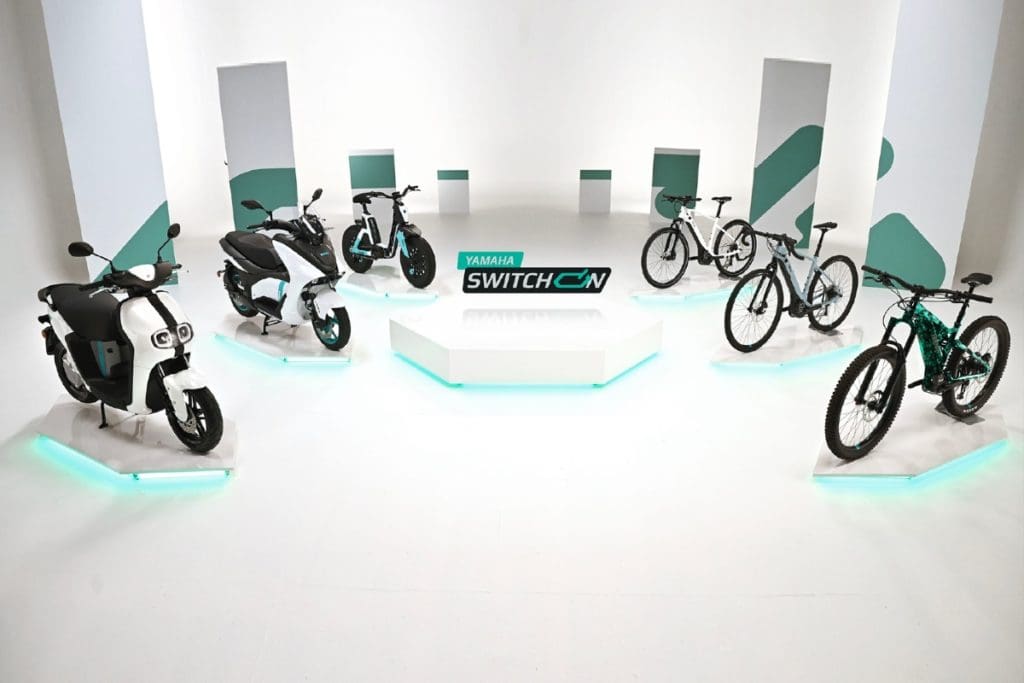Yamaha Unveils Electric Vehicles For Europe

The Netherlands
Yamaha’s long-running association with electric-powered vehicles is entering a new chapter, with the Japanese company announcing it will launch three new e-bikes in Europe during 2022.
Unveiling Yamaha’s Switched On two-wheel electric vehicles program, Yamaha Motor Europe announced all-mountain, gravel and urban e-bikes that would be released in cities throughout Europe in the latter half of this year.
During a video production released last week, Yamaha Motor Europe’s president and CEO, Eric de Seynes, announced Yamaha was also developing a futuristic S-Pedelec, the B01, that was scheduled to start production at the beginning of 2023.
A statement from Yamaha describes the B01 as a new hybrid prototype that “intelligently combines e-bike S-Pedelec functionality with moped performance and all-urban terrain ability”.
“Currently a concept model created by Yamaha Motor Europe in association with long-term partners Fantic Motor and Motori Minarelli, B01 will evolve into a production machine that will further expand Yamaha’s electric mobility range,” the statement says.
Eric de Seynes said Yamaha Motor Europe had been supplying motorcycle engines to Fantic Motor for its vehicles and he had been impressed by Fantic’s creativity.
One year ago, Yamaha decided to transfer its Motori Minarelli factory to Fantic Motor and the organisations continued to work together on the B01 concept vehicle.
The Switched On presentation also included two electric scooters as part of the new European range.
Yamaha Australia issued a teaser on its Facebook page on Friday, declaring: “Yamaha Motor has announced the company’s entry into the world of electric personal mobility, with two new electric scooters, three e-bikes and a moped. Who would like to see these models make it to Australian shores?
However, so far there has been no official indication if and when the new electric range might come to Australia.
Yamaha developed the first electric-motor-assisted bicycle to go into production. It invented the Power Assisted Bicycle (PAS) prototype in 1989 and it went on sale in Japan in 1993.
Two years later, Yamaha added a detachable nickel-cadmium battery and a new faster and more efficient battery charger.
In the 2000s, Yamaha released the Brace which sold more than one million units in Japan, as customers sought a sportier e-bike with more range.
Yamaha kept itself at the head of the pack by releasing its Triple Sensor System in 2013, offering a smoother application of power.
The company has now sold more than two million e-bikes and four million drivetrains.
